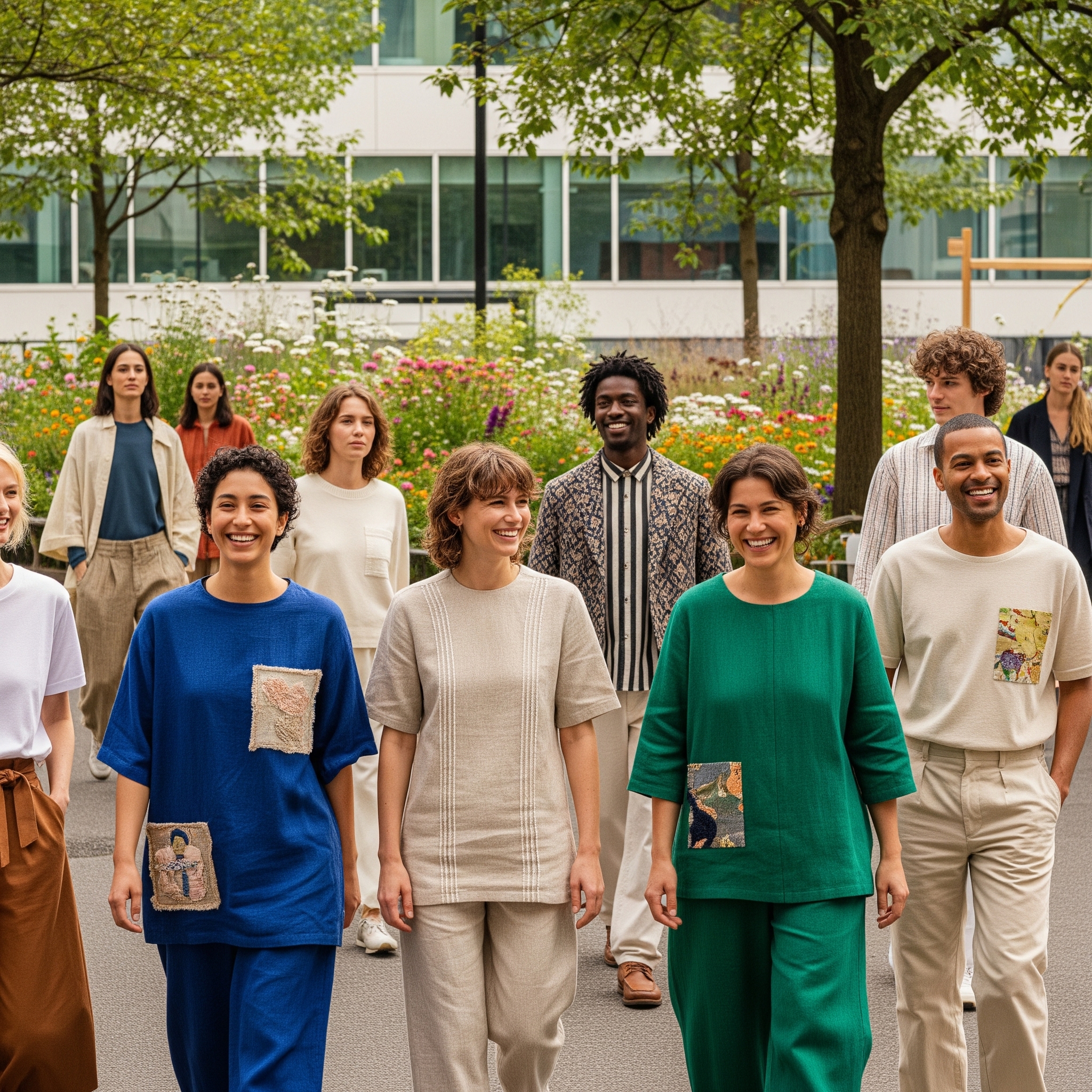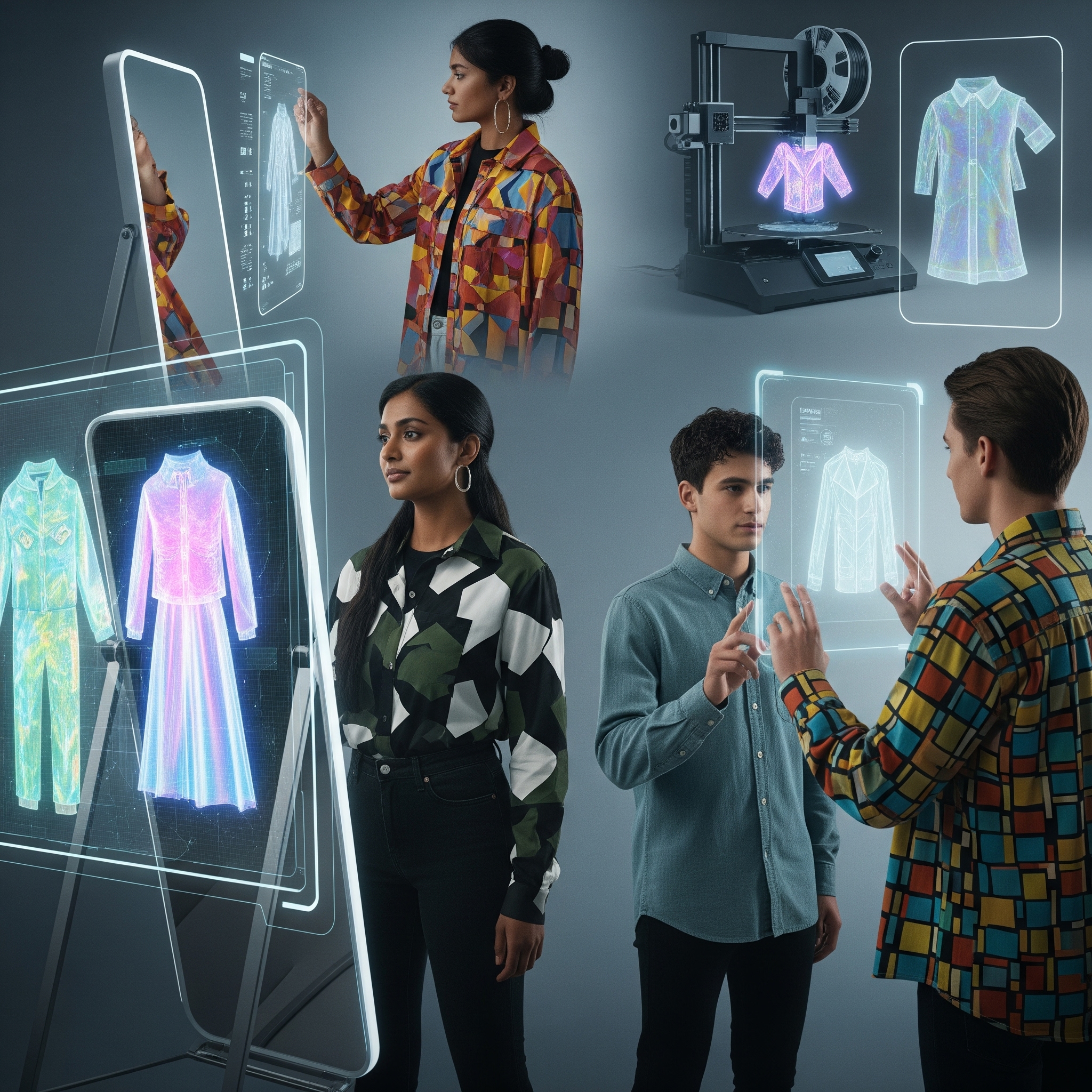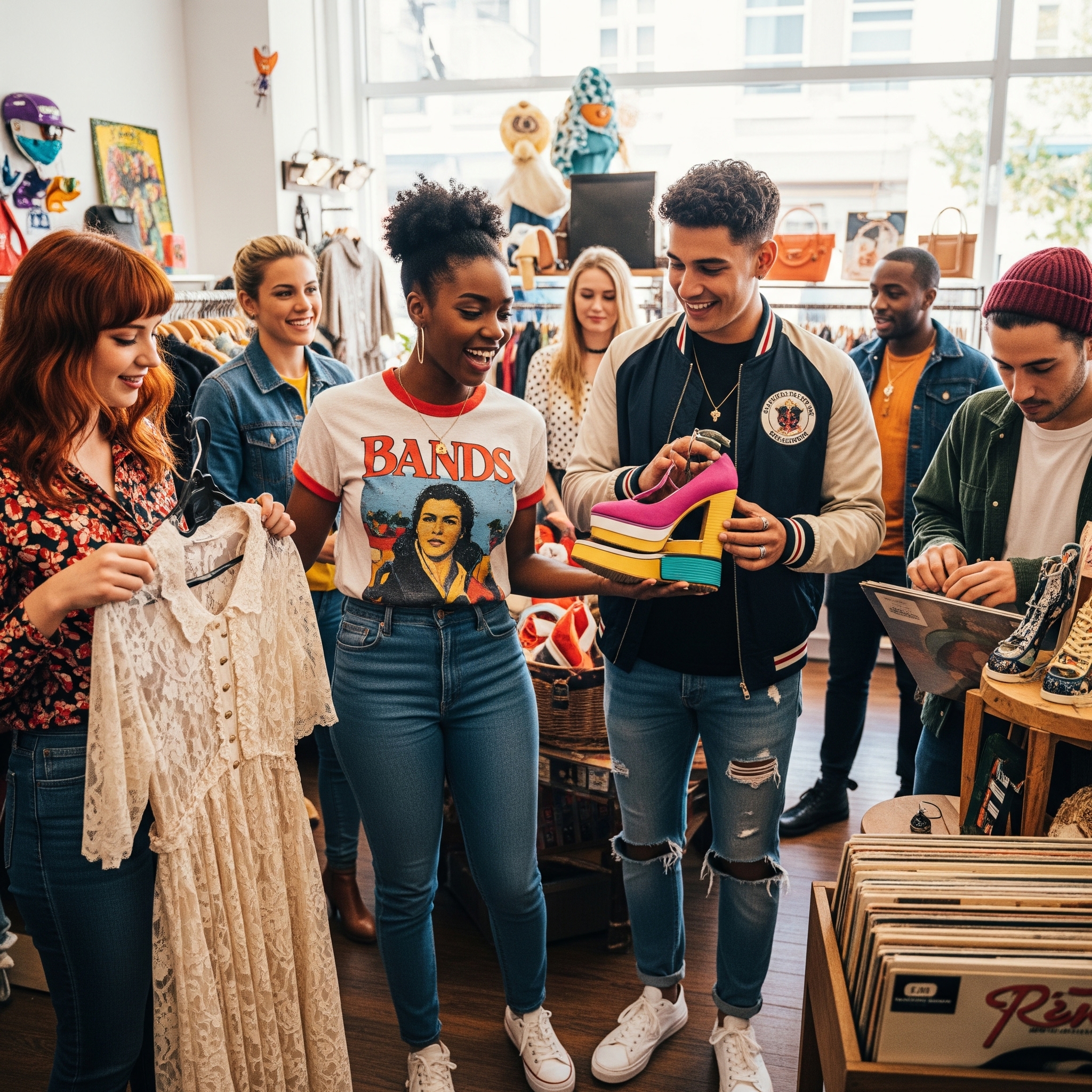No products in the cart.: $0.00
The Evolution of Sustainable Fashion: From Niche to Necessity

Fashion, an ever-evolving tapestry of human expression, has long been associated with fleeting trends and rapid consumption. However, in recent decades, a powerful paradigm shift has taken root: sustainable fashion. What was once a niche concern, championed by a handful of eco-conscious designers and consumers, has blossomed into a global movement, increasingly recognized as not just a moral imperative but an economic and social necessity. This article delves into the journey of sustainable fashion, tracing its evolution, exploring its multifaceted challenges, and highlighting the innovative solutions paving the way for a more ethical and environmentally responsible industry.
The seeds of sustainable fashion were sown in the late 20th century, spurred by growing awareness of the environmental damage inflicted by mass production. The “fast fashion” model, characterized by quick cycles, cheap labor, and disposable garments, began to draw scrutiny. Landfills overflowing with textile waste, rivers polluted by dyeing processes, and the human cost of exploitative labor practices became undeniable evidence of an industry in urgent need of reform. Early pioneers in the sustainable fashion movement often operated on the fringes, utilizing organic cotton, recycled materials, and fair-trade practices, often at a higher price point that limited mainstream appeal. Their designs, while ethically sound, sometimes struggled to compete with the aesthetic allure and affordability of conventional fashion.
However, the landscape has dramatically shifted. The internet and social media have amplified voices advocating for change, empowering consumers with information about supply chains and environmental impact. Documentaries exposing the dark side of fast fashion, combined with increasing climate consciousness, have galvanized a new generation of shoppers who demand transparency and accountability from brands. This consumer-driven pressure has forced even major players to re-evaluate their practices.
The concept of sustainable fashion itself has broadened considerably. It’s no longer just about using organic fabrics; it encompasses a holistic approach to the entire lifecycle of a garment. This includes:
- Ethical Sourcing: Ensuring raw materials are obtained without harming ecosystems or exploiting workers. This involves promoting biodiversity, reducing pesticide use in cotton farming, and sourcing natural fibers responsibly.
- Eco-Friendly Production: Minimizing water and energy consumption, reducing chemical use in dyeing and finishing processes, and managing waste effectively. Innovations in this area include closed-loop systems for water recycling, natural dyes, and digital printing technologies that reduce water usage.
- Fair Labor Practices: Guaranteeing safe working conditions, fair wages, and respect for human rights throughout the supply chain. This addresses the historical issue of sweatshops and promotes a more equitable distribution of wealth.
- Durability and Longevity: Designing garments that are built to last, encouraging repair over replacement, and promoting a shift away from disposable fashion. This includes focusing on quality craftsmanship, timeless designs, and providing repair services.
- Circular Economy Principles: Moving beyond the linear “take-make-dispose” model to a system where materials are reused, recycled, or composted. This involves innovative recycling technologies for textiles, upcycling initiatives, and designing for disassembly.
- Transparency and Traceability: Providing consumers with clear information about where and how their clothes are made, allowing them to make informed choices. Blockchain technology is emerging as a powerful tool for enhancing supply chain transparency.
Despite this progress, significant challenges remain. The sheer scale of the global fashion industry, with its complex and often opaque supply chains, makes widespread transformation a daunting task. Greenwashing – where brands make misleading claims about their environmental credentials – is a persistent problem, making it difficult for consumers to discern truly sustainable options. The economic pressures of fast fashion, which relies on low prices and rapid turnover, are deeply ingrained in consumer behavior and business models. Educating consumers about the true cost of cheap clothing and encouraging a shift towards conscious consumption is an ongoing effort.
Yet, the momentum towards a sustainable future in fashion is undeniable. Innovative solutions are emerging at every stage of the value chain. Start-ups are pioneering biomaterials made from algae, mushrooms, and food waste. Technology is enabling brands to track their products from farm to finished garment, improving transparency. Rental and resale platforms are disrupting the traditional ownership model, promoting circularity and extending the life of garments. Governments are beginning to implement stricter regulations on environmental impact and labor practices within the textile industry.
Moreover, sustainable fashion is increasingly shedding its “granola” image and embracing style and innovation. High-end designers are incorporating ethical practices into their collections, demonstrating that sustainability can be synonymous with luxury and cutting-edge design. Collaborations between sustainable brands and mainstream retailers are bringing ethical options to a wider audience. Influencers and celebrities are using their platforms to advocate for conscious consumption, further normalizing sustainable choices.
The journey of sustainable fashion is far from over, but it has undeniably moved from the fringes to the forefront of industry discourse. It represents a fundamental re-evaluation of how we produce, consume, and value clothing. As consumers become more discerning and technology offers new possibilities, the future of fashion promises to be not only stylish but also ethical, environmentally responsible, and ultimately, truly sustainable. The industry is slowly but surely weaving a new narrative, one stitch at a time, towards a future where fashion is a force for good.


